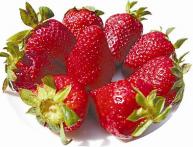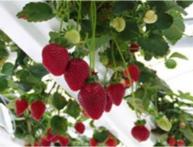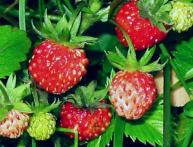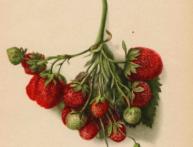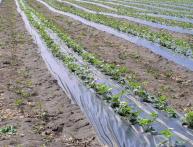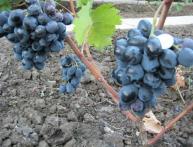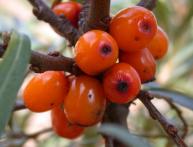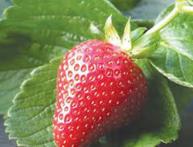Wild strawberry - an inhabitant of the home garden
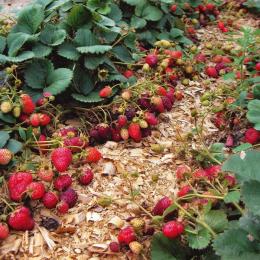
Nature provides absolutely everything for a person’s happy and healthy stay on earth. Many plants give not only beauty and oxygen to all living things on this planet, but also the unsurpassed taste of their fruits and their healing properties, which help cope with many ailments and diseases.
One such plant is wild strawberry. Delicate and fragile in appearance, not always noticeable and not flashy with its snow-white blossoms, fragrant with plump fruits, it is a complete panacea for many diseases. Since ancient times, wild strawberries have been valued for their pharmacological properties. It has not only anti-inflammatory, diaphoretic, wound-healing and diuretic effects, but also an astringent, hemostatic and even blood-improving effect. Strawberry fruits are also valuable for those suffering from high blood pressure, because its biologically active substances slow down the rhythm of heart contractions and increase their amplitude. Wild strawberries also have a number of beneficial properties that everyone can experience for themselves.
In folk medicine, strawberry fruits, roots, stems, leaves and even flowers are used.
You can grow wild strawberries on your own plots, but you need to take very good care of the area where it lives, because it should be as similar as possible to its natural environment.
Strawberries are grown at home with seedlings, which are planted at a distance of 30 cm from each other in soil free of weeds and fertilized with compost. During the growth of strawberries, the plant produces “whiskers” that must be trimmed so that all the valuable substances accumulate in the fruits of the plant.
The next year after planting, it is necessary to add ash to the soil, and during the ripening of the fruits it is very important to water the strawberries with warm water and weed them in a timely manner.

